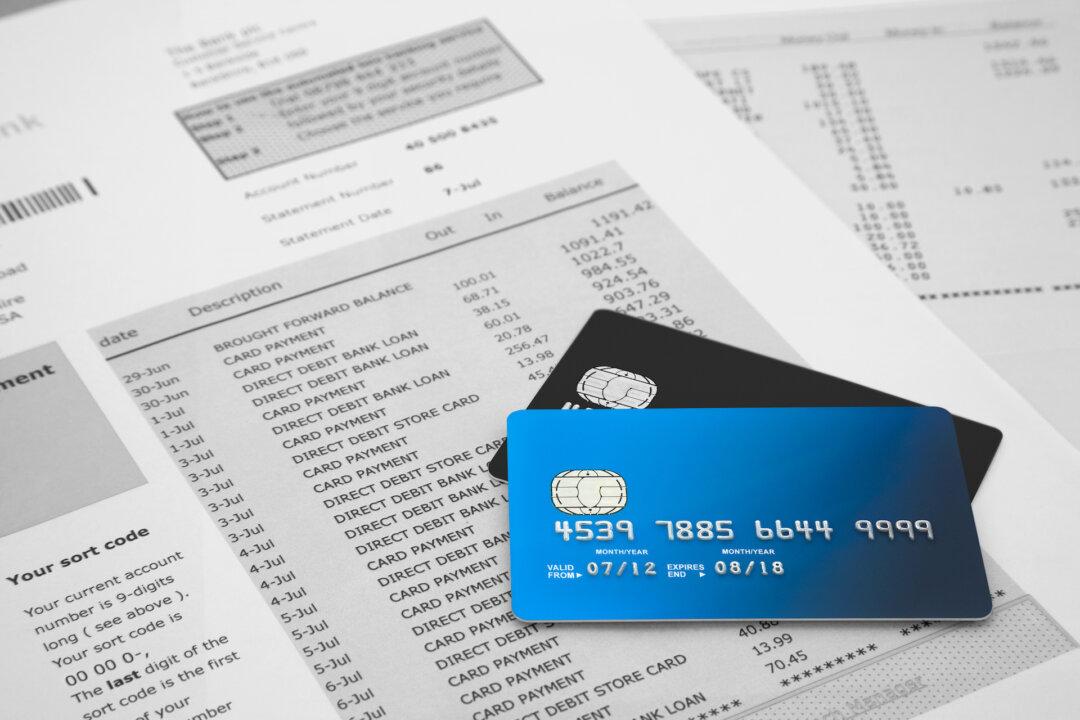News flash: Food is expensive! Food prices were up 10.8 percent for the year ended April 2022, the largest 12-month increase since November 1980. The average family now spends about 10 percent of their household income buying groceries—nearly $7,000 a year!
And even while the price of food keeps going up, average wages are not keeping up. Even the thought of losing ground like that is scary when you are just trying to feed your family.
Embrace the Sales
Every grocery outlet has some type of weekly sales flyer. You find it in your mailbox or stacked neatly at the store entrance. Even more convenient for many of us to find this valuable information is at the store’s website. It’s there! Look for it.Make it your rule never again to buy anything that isn’t on sale. It’s a lofty, albeit reachable, goal. If in the beginning you absolutely must pay full price, OK. Just do it with regret and determination to buy that item on sale next time. And yes, there will be a next time, as every area of every food market in the U.S. goes on sale about every 12 weeks.
Let’s take peanut butter, for example. There are many brands, sizes, and styles of peanut butter. I’m not suggesting that the Jif brand is on sale every 12 weeks, but one of those brands will be. You can count on that! And when I say “sale,” I mean a real sale, like 30 to 50 percent off the regular price.
This doesn’t mean that you should buy food just because it is on sale; instead, be on the lookout for sale prices on the food your family normally eats. Almost everything goes on sale eventually.
Stockpile, Stockpile, Stockpile
It makes sense that if, from now on, you will only ever buy an item at its lowest price, you must buy enough of it while it’s on sale to last until it goes on sale again. Read that again. This is key.When the standard 12-week sale rotation happens, you need to buy enough to last your family that long. If you buy only one week’s worth, you will be forced to pay (gasp!) full price the next time you need it because you didn’t buy enough.
Let me make it more clear with an example. Say your family eats two boxes of Honey Bunches of Oats every week. The regular price for Honey Bunches of Oats is $4.19 a box, but when you (pun alert) sail through this week’s flyer, you see it is on sale for only $1.99 a box—more than 50 percent off the regular price! Instead of buying only two boxes like you normally would for one week, you buy 12 boxes—enough to last your family for the next six weeks at less than half the price you would normally pay.
Eat Less Meat
Going vegetarian just a couple of times a week could save you as much as $1,000 a year—a dollar figure that is going up, up, and up! Meat, fish, and poultry costs usually account for a significant portion of people’s grocery bills, so cutting out even a little will make a big difference in time.Change the Way You Meal Plan
If you normally wing it when it comes to meal planning, running to the store several times a week for last-minute dinner items—or eating out because it appears there is nothing in the house to eat—this step probably isn’t as distasteful as you might think.Instead of running into the store to get items to make dinner, you'll run to your stockpile—a ready-made grocery store in your own home. Imagine all the impulse-buying opportunities you will avoid. I mean, do you ever run in to get milk and bread and come out with only bread and milk?
For those who normally plan their meals and then create a shopping list based on the ingredients to make them, this will represent quite an adjustment. But let’s get honest here. Are you delighted with the way things are going now? Where you are out of breath trying to keep up with exploding food costs?
The daily grind of trying to figure out what to make for dinner—or where to go so that someone else can do that for you (and at great cost, I might add)—can take a toll. Here’s my promise: By minimizing the number of full-price items you need to buy each week, you will find that you can plan your meals in advance and still cut your grocery bill in half.





